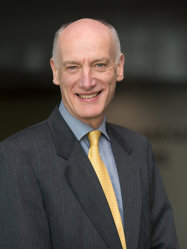BibTex format
@article{Mariani:2020:10.1109/TUFFC.2019.2940451,
author = {Mariani, S and Heinlein, S and Cawley, P},
doi = {10.1109/TUFFC.2019.2940451},
journal = {IEEE Transactions on Ultrasonics, Ferroelectrics and Frequency Control},
pages = {146--157},
title = {Location specific temperature compensation of guided wave signals in structural health monitoring},
url = {http://dx.doi.org/10.1109/TUFFC.2019.2940451},
volume = {67},
year = {2020}
}

